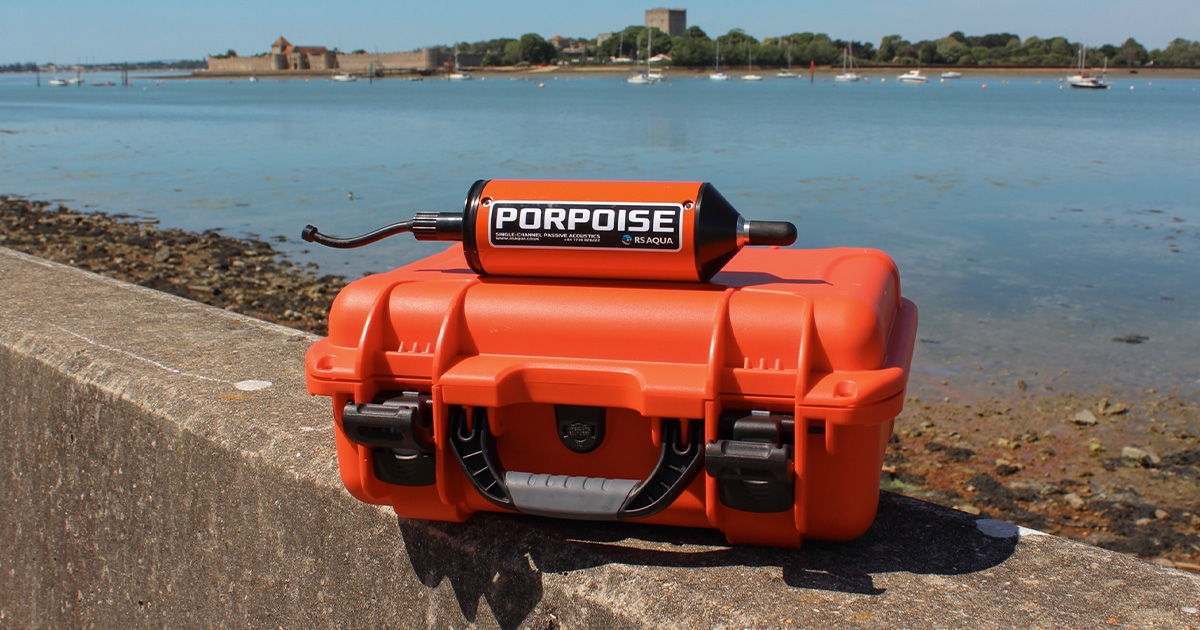Integrating Passive Acoustic Recorders into Robotics Systems

In 2016, RS Aqua launched the multichannel Orca passive acoustic recorder, and the single channel Porpoise followed in 2018. Both recorders are very broadband, sampling at up to 384 kHz, and carry up to 4 TB of internal memory. They have proved successful in multiple sectors with almost 100 Orcas and 200 Porpoises being sold, with a high proportion into defence applications.
Versatility at Depth
Two things set the recorders apart. One is their versatility—the internal PCB stack, which forms the heart of each recorder, is made available by RS Aqua for custom integrations. This was demonstrated when the Orca recorder was drafted into the DSTL sponsored MASSMO (Marine Autonomous Systems in Support of Marine Observations) 4 project at the last minute in 2017. In the space of a few days, the project engineers integrated an Orca recorder into a Teledyne Marine Slocum Glider. The Orca was controlled remotely by the glider pilots and successfully recorded 6 days of broadband acoustics for the entirety of the Slocum’s deployment. The study site was the deep-water Faroe Shetland Channel and the soundscapes recorded were some of the most detailed RS Aqua had ever seen, with sperm whales, common dolphins, several unknown whales, seismic shots and a range of anthropogenic noise all obvious in the data, sometimes at the same time!
Real-time Data
The recorders’ other key capability is their ability to stream data, which means they are particularly suited to applications which require acoustic analysis in real time. An on-going high-profile example of this is the integration of a Porpoise recorder into the Mayflower Autonomous Ship, or MAS for short (https://mas400.com/). In commemoration of the original Mayflower crossing to north America 400 years ago, MAS will be the first full size unmanned ship to cross the Atlantic. It carries a Porpoise recorder to listen for marine mammal activity within listening range of the vessel and processes the data using cutting edge AI models developed by IBM for the project. MAS will provide unique insights into the population and distribution of marine mammals in the Atlantic, and for the first time inform scientists back on land about those findings in near real time.
The Future
Both projects demonstrate how RS Aqua recorders can be integrated into a range of surface and subsurface autonomous systems, and how they can be used for real time monitoring and underway decision making. RS Aqua currently has several projects underway developing these capabilities further for the research, commercial and defence sectors, with the aim of making real-time acoustic analysis on unmanned systems even more accessible in future.
This story was originally featured in ON&T Magazine's April 2021 issue. Click here to read more.

